Wine lovers everywhere know that adding a drop of tartness to a glass or bottle of wine is essential to making the perfect sip. Whether it’s a refreshing summer wine or an earthy red, tartness can add complexity and balance to any type of drink. But what exactly gives the wine its tartness?
In this article, the creators of the recipe to cook take a closer look at the science behind what makes wine tart. We’ll go over, how the wine is made and what gives wine tartness. Different types of acids found in grapes, how acidity levels are measured, and how other methods can be used to give your favorite wines an extra kick. Get ready to become an expert on the tartness of your favorite wines!
How wine is made?
Wine is a fermented grape juice-based alcoholic beverage. The following steps are commonly involved in the wine-making process:
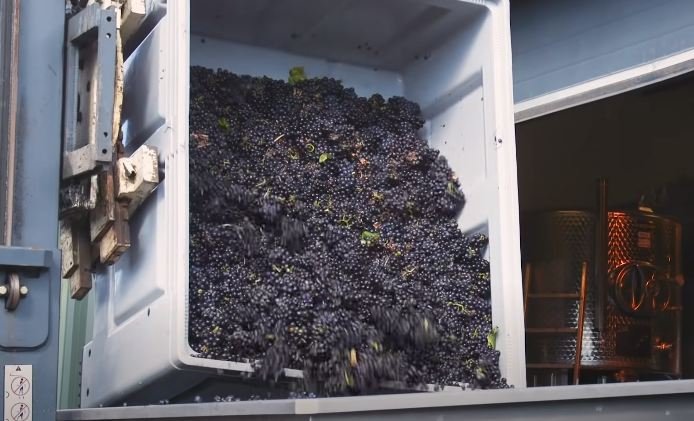
- Harvesting the grapes: When the grapes are mature in the autumn, they are normally harvested. To guarantee that the grapes are at the ideal state of ripeness, the time of the harvest is essential.
- Grape crushing: After being harvested, grapes are crushed to liberate their juice. Most wineries now employ machines to crush the grapes as opposed to the traditional method of stomping on them with bare feet in the past.
- Fermentation: Yeast is then introduced to the grape juice in a fermentation vessel, such as a sizable vat or barrel. As a consequence of the yeast consuming the natural sugars in the grape juice, alcohol and carbon dioxide are created. Depending on the desired wine style, the temperature and timing of the fermentation process can change.
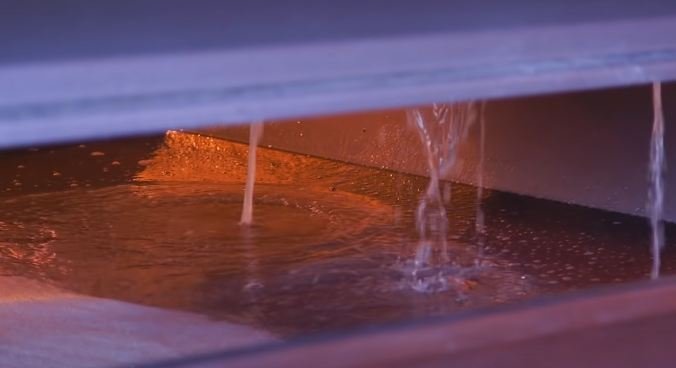
- Pressing: The wine is pressed to separate the particles from the liquid once fermentation has finished. Typically, the liquid is transferred to a different vessel for ageing while the particles are discarded.
- Bottling: Wine can be matured in a range of containers, including stainless steel tanks, oak barrels, and even bottles. The container the wine is matured in may impart new flavours and smells to the wine as it ages. Depending on the desired wine style, a wine may be developed for a different amount of time.
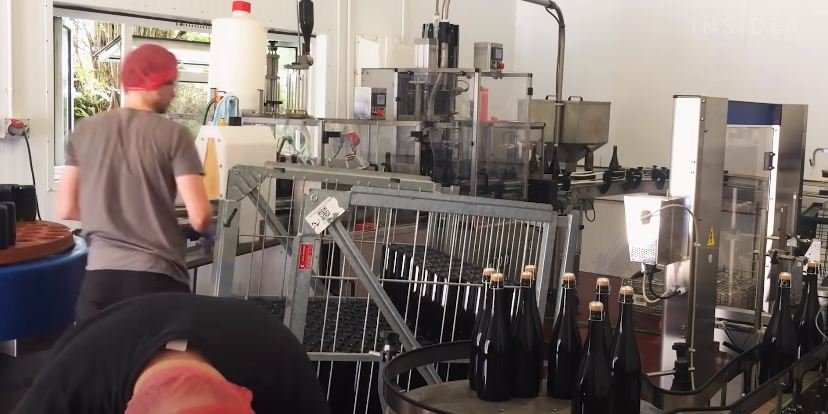
When the wine has aged, it is usually corked and then bottled. The wine is then prepared for consumption!
It is important to keep in mind that the method of making wine might differ based on the type of grape, the area in which it is cultivated, and the winery’s own winemaking customs.
What gives a wine tartness?
Wine is a sophisticated beverage with a variety of flavors and fragrances. The tartness of wine, which is produced by its acidity, is one of its primary features. Acidity is a crucial wine ingredient that adds complexity, balance, and structure. The type of grapes used, the climate in which they were grown, and the wine-making process are only a few of the variables that affect the acidity level in wine.
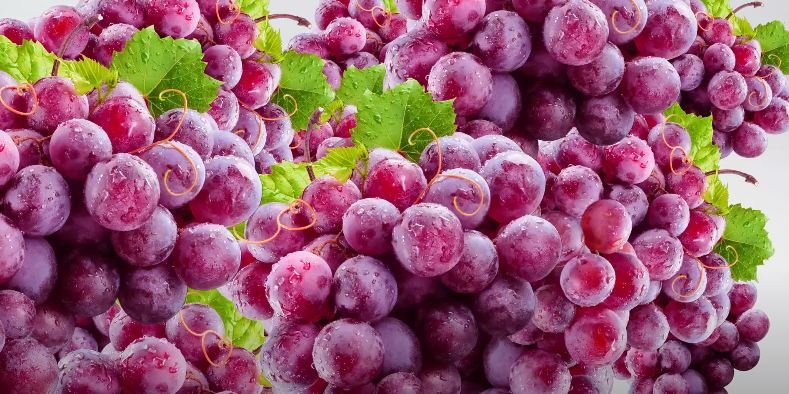
Wine enthusiasts can better appreciate and enjoy the distinctive flavours and qualities of various varieties of wine by understanding the function of acidity in wine. Tartness is also affected by the ageing process, as wine becomes tarter with age. The level of tartness in wine is measured on the pH scale, which ranges from 0 to 14. The lower the pH, the more acidic the wine and the tarter it will taste.
How to detect acidity?
Acidity is one of the most important characteristics of wine, and it can be detected in a number of ways. The most common way to detect acidity is by taste. Acidity gives the wine a tart, tangy flavor that is often described as “crisp.” Another way to detect acidity is by smell. Wines that are high in acidity often have a sharp, pungent aroma. Finally, acidity can be detected by touch. Wines with high acidity levels will feel refreshing and “zippy” on the palate.
Low acidity wine
Low-acidity wines are those that contain less acidity than usual, which might cause them to taste less tart and harsh than wines with more acidity.
Wine’s acidity is a crucial element since it gives the beverage structure and freshness while balancing its fruitiness and sweetness. Although some people might prefer wines with lower acidity because they believe wines with high acidity to be too harsh or sour.

Low-acid wines include, for instance:
- red wines created from grapes like Merlot and Grenache, which have inherently lower acidity.
- white wines like Viognier and Chardonnay that are produced from grapes with lesser acidity.
- Malolactic fermentation transforms the more abrasive malic acid into the softer lactic acid in wines. For certain other varieties as well as Chardonnay and Pinot Noir, this method is frequently employed.
You might hunt for wines made from these grape varietals or look for wines that have undergone malolactic fermentation if you prefer low-acidity wines. A good strategy is to look at the tasting notes and descriptions of wines to see whether decreased acidity is mentioned.
High acidity wine
Wines with a higher-than-average amount of acidity are known as high-acidity wines, and they can taste tart, sharp, and energising. Acidity is a crucial component of wine since it aids in ageing potential, provides structure and freshness, and balances the fruitiness and sweetness of the beverage.
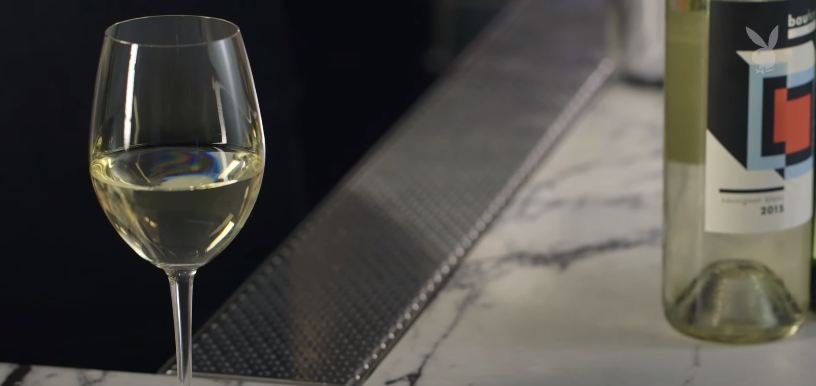
Some instances of wines with strong acidity include:
- White wines like Sauvignon Blanc, Riesling, and Pinot Grigio are crafted from naturally acidic grapes.
- Red wines are produced from acid-rich grape varieties including Sangiovese, Nebbiolo, and Cabernet Franc.
- Wines from cooler climates, such as Chablis, Champagne, and German Rieslings, have more acidity because of slower ripening.
You might explore wines made from these grape varietals or look for wines from cooler places if you love high-acidity wines. High-acidity wines can go well with food, especially recipes that contain rich or fatty ingredients since the acidity can balance out the richness.
Wines aroma
The numerous odours and scents that are present in a particular wine are referred to as its wine fragrance. The complex and multilayered aroma of a wine can reveal significant details about its age, variety, and place of production. Key smells that are frequently connected to wine include:

Fruity: Its grape-derived scent is sometimes compared to the aroma of berries, citrus, or stone fruit.
Floral: These smells, which can include lavender, rose, and jasmine, come from the flowers that grow in the vineyard.
Spicy: These fragrances, which are frequently connected to oak ageing, can include notes of cinnamon, nutmeg, and clove.
Herbal: These odours come from the herbs that grow in the vineyard and might include flavors like basil, mint, and eucalyptus.
Earthy: These fragrances, which can include those of mushrooms, truffles, and forest floors, come from the soil in which the grapes were produced.
Oak: The wine’s ageing in oak barrels is the source of these aromas.
Several elements can affect the scent of wine, including the type of grapes used, the soil and climate in which they were grown, the wine-making methods employed, and the wine’s age.
How does acidity affect a wine’s ageing potential?
When it comes to wine, acidity is a good thing. Acidity gives the wine its tartness and is an important component of taste. Acidity also plays a role in a wine’s ageing potential. Wines with higher acidity levels tend to age better than those with lower acidity levels.

Acidity affects a wine’s ageing potential because it acts as a preservative. The higher the acidity level in a wine, the longer it will be able to age. This is because the acids prevent the growth of bacteria and other microorganisms that can cause a wine to spoil. Wines with lower acidity levels are more susceptible to spoiling and will not age as well or as long as wines with high acidity levels.
So, if you’re looking for a wine that will age well, look for one with high acidity. Wines from cool climate regions such as the Burgundy region of France or the Riesling wines of Germany tend to have high acidity levels and are some of the best candidates for ageing.
Biggest Mistakes: When Drinking Wine
Here are a few of the most typical wine-related blunders individuals make:
- Wine not being served at the proper temperature: The serving temperature of wine can have a significant impact on how it tastes. White wines are often served chilled, whereas red wines are typically served at room temperature. The inappropriate serving temperature can diminish the flavours of wine.

- Using the incorrect glassware: The wine’s flavour can also be impacted by the glass’s shape. More oxygen will be able to contact the wine in a wine glass with a broader bowl, aiding in the wine’s opening and scent release.
- Preventing the wine from breathing: Wine needs air to develop its flavours and aromas to their greatest potential. Allow the wine to breathe.
- Choosing the incorrect wine to go with a meal: Wine and food pairing is an art. While some wines go well with particular foods, some don’t. To improve your dining experience, it’s critical to grasp the fundamentals of wine pairing.
- Glass overfilling: It might be challenging to swirl wine and release its scents when a wine glass is overfilled. It’s ideal to only fill the glass up to about one-third of the way.
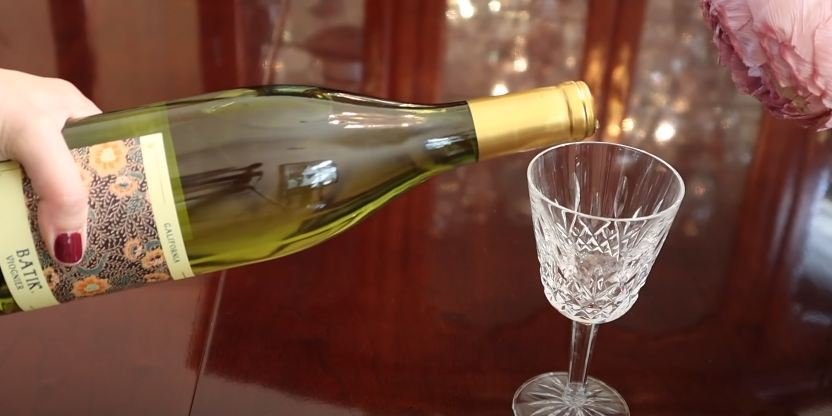
- Improper wine storage: Wine is temperature and light-sensitive. Wine can become spoiled if it is kept in an area that is excessively warm or exposed to light.
- Drinking wine too rapidly will prevent you from fully appreciating its flavours and fragrances. When you consume wine too quickly, it can make it difficult to fully appreciate its complexities.

Conclusion
In summary, wine is a sophisticated and varied alcoholic drink that has been cherished by humans for thousands of years. There is a rich history and culture around the making of this beverage, from the fields where the grapes are cultivated to the wineries where they are transformed into wine. There are several flavors, smells, and kinds of wine to pick from, and it can be consumed on its own or with food. In addition to it, there is a clear answer about what causes wine tartness. The tartness of wine mainly occurs is mainly due to the presence of acidity.
There is always something new to learn and discover about this interesting beverage, regardless of whether you are a regular drinker or a wine enthusiast. So the next time you pour yourself a glass of wine, take a moment to appreciate the skill and history that went into its making and relish the distinct and special flavours.
Get more interesting article about food from us!
